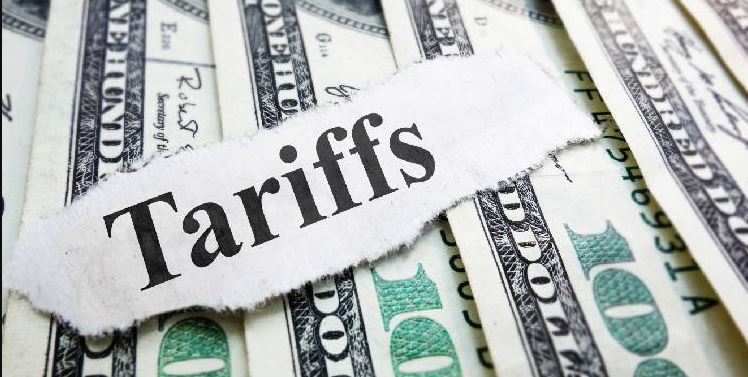The effects of US President Donald Trump’s imposition of a 50 per cent tariff on Indian goods have started to be felt on the country’s economy. Bad news has come from Tiruppur, the country’s knitwear capital, Coimbatore and Karur in Tamil Nadu, which collectively employ over 1.25 million workers and export Rs 45,000 crore worth of garments annually. The helplessness and anxieties shown by the garments exporters, who are feeling the heat of the 50 per cent tariff, are a pointer to the shape of things to come. They have said orders are being paused, redirected, or lost entirely to competitors in Bangladesh, Pakistan, Vietnam, and Cambodia, all of whom have lower US tariffs ranging between 19 per cent and 36 per cent. Information reaching the exporters indicate they need to brace for an unprecedented situation as buyers are asking them to absorb the tariff hike before thinking of sending their products to US markets. The revised duties, including baseline and remedy-linked tariffs, now push effective rates for some knitted garments to even 64 per cent. This means the same products exported by the Asian rivals will be available in US markets at rates 35 per cent less than Indian garments. It is feared that there will be a virtual de facto trade embargo. It is an irony that only a few weeks ago Indian exporters of garments were so optimistic about better profits, helped by the India-UK Free Trade Agreement (FTA) and growing US interest in Indian goods. This led to many exporters in Tamil Nadu to invest in new machinery to meet the expected surge. That hope is now being replaced by abject despondency due to the retaliatory tariffs, especially with respect to China, which is now at 30 per cent and could see a further downward revision if Beijing manages to clinch a favourable deal with Washington. Indian exporters are crestfallen and clueless about how they can absorb the raised tariff with an average margin of profits of 5 to 7 per cent.
A nightmarish scenario is going to unfold. For, if exports contract 10 20 per cent due to loss of orders, it can threaten 100,000-200,000 textile and garment jobs collectively in the three hubs of Tiruppur, Karur and Coimbatore in the next few months. The 50 per cent US tariff would hurt India’s export industries and economy in other sectors, such as gems and small businesses, as well. The high tariffs are causing great worry because they put India’s $87 billion worth of exports to the US at risk and are a sign of worsening Indo-US relations. Leather, marine products, chemicals, and auto components face significant danger, with 55 per cent of India’s US-bound exports at risk. This is happening despite the US and India sharing a robust trade relationship, with bilateral trade reaching $190 billion in 2024.
India’s top three exports to the US include pharmaceuticals ($8.1 billion) telecom instruments ($6.5 billion), and precious stones ($5.3 billion), while the US runs a $45.7 billion trade deficit with India. The tariffs threaten India’s $434 billion export, with $87 billion directed to the US, equivalent to 2.5 per cent of India’s GDP. Industry estimates suggest a $4-5 billion drop in engineering exports alone, while overall GDP growth could decline by 0.2–0.5 per cent, with forecasts revised from 6.5 per cent to as low as 6 per cent. Indian foreign policy has suffered hugely in the past few years, with New Delhi left completely isolated and friendless. Relations with our neighbours have worsened, and the Centre’s Russia leanings and ongoing trade have put India in the wrong spot vis-à-vis the US. India has lost the narrative war in Operation Sindoor.
Also Read: Strategic Blunder
Trump now wants to arm-twist India over the purchase of oil from Russia to extract further concessions from New Delhi, especially in the farm and dairy sectors. The Indian government can hardly afford to antagonise farmers by letting American farm-based goods into Indian markets. However, time is running out for India. It must get an economic deal from the US with reasonable compromises reflecting pragmatism without being browbeaten into abject surrender. Now is not the time for optics, but it’s high time for mature diplomacy.

